I need to design a source generator for a TV factory. They want to automatize the functional tests by applying a test module to the TV's at the end of the production line. All the peripherals of the TV (USB HDMI Satellite Terrestrial etc) will be plugged into the test module and will be monitored if the TV operates fully functional.
There will be 500 TV's on the line tested simultaneously so the module has to be cost effective. So I will use Raspberry pi module for USB and HDMI tests but for satellite and terrestrial I am having trouble to find a solution.
I was thinking of using this type of solution for the satellite and terrestrial source input:
Can I use this DAC&Modulator structure to steam a video over satellite cable? For example, I want to send the video in the settings below:
If I convert a video to .ts (transport stream) format and directly feed into the DAC's input will I be able to see the video on TV? Lets say I will send the video data in 30MB/s into the DAC's input (to satisfy 30MS/s symbol rate) and set the Local Oscillator frequency to 1450-30=1420 MHz I think I will be satisfying the RF requirements. However, I still don't know how to set coding rate to 9/10 and to set constellation to 8PSK. I need help from experienced engineers in satellite commnication.


